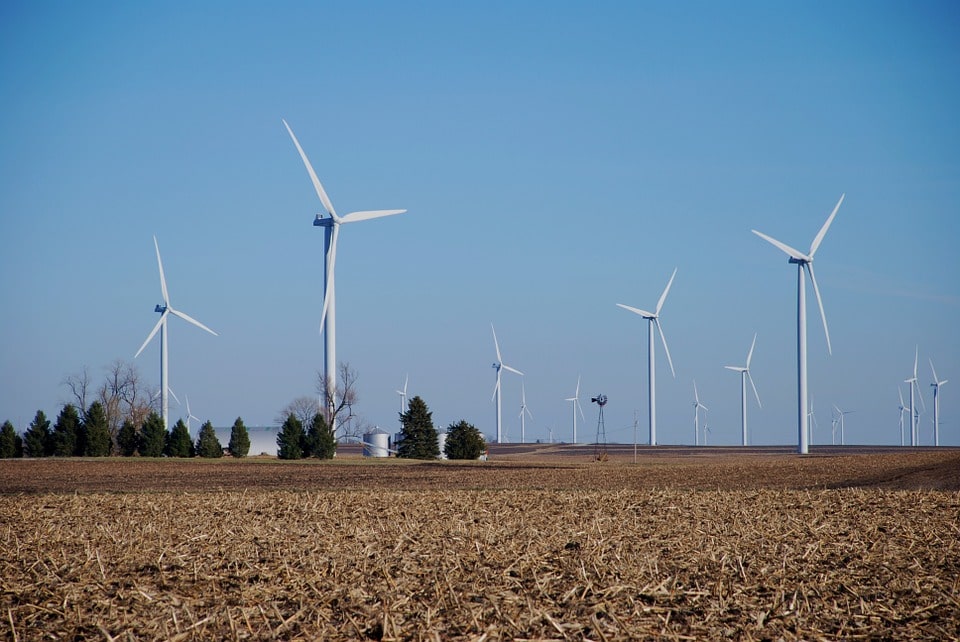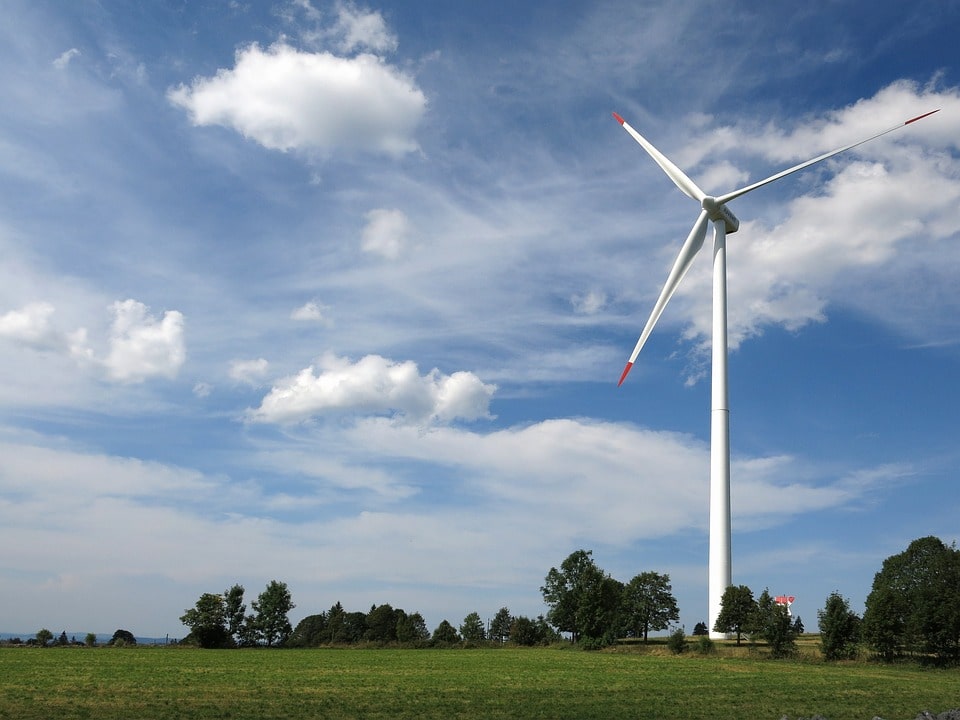Efficient power supply
Centralized energy supply system in Ukraine.
Power supply systems perform two main functions: carry out parallel operation of power sources and distribute electricity among consumers. They consist of power plants, distribution substations, electrical networks and consumers of different reliability categories.

In Ukraine, power plant substations increase the voltage to 220, 330, or 750 kV and deliver it to the mains. Further, in district, nodal and large substations of industrial enterprises, the voltage is reduced to 110 kV. At 110 kV substations, electricity is distributed between smaller consumers: substations of settlements and various enterprises with a voltage of 6, 10, 35 kV. Then the voltage of the electrical network at local substations is reduced to the required consumer values. If these are settlements and small enterprises, the voltage is reduced to 380/220 V.
In the process of working in the electrical network, the balance between energy produced and consumed is maintained. An indicator of the presence of balance is the frequency of the electrical network. The process of imbalance is the most dangerous for the electrical network. In Ukraine, the network frequency is maintained at 50 ± 0.2 Hz. The frequency of the electrical network decreases when there is a shortage of energy, in particular its active component. To maintain a constant frequency of the network at substations, emergency automation is used, which automatically disconnects certain consumers to eliminate such a deficit and maintain the regulatory frequency.
Power supply systems in Europe.
In Europe, distribution points with three-phase transformers with a nominal capacity of 300 - 1000 kVA are used. The level of secondary voltage reaches the level of 220, 230 or 240 V. Under such conditions, the secondary network, as in Ukraine, is laid at a distance of up to 1 mile (1609.34 m). In European systems, there are sometimes cases of using single-phase systems to supply rural consumers, and such systems are made on the basis of two-winding single-phase transformers connected in phases.
Power supply system in North America
In North America, single-phase transformers with a nominal capacity of 25 or 50 kVA are used. The standardized voltage in the secondary network is 120/240 V. As a result of the voltage drop, the length of the secondary network for domestic use does not exceed 250 feet (76.2 m).
Smart Distributed Power Systems Smart Grid

Increasing the load on the energy system leads to an increase in tariffs for consumers. Due to such conditions, modern electricity consumers are increasingly generating their own electricity through small power plants that are powered by unstable renewable sources - sun and wind. This allows them to get cheaper, cleaner energy, but requires either to keep backup batteries in stand-alone operation, or to join other energy producers to exchange excess energy. This is how we gradually began to create distributed power supply systems.
In such distributed generation systems, electricity consumers can be transformed at different points in time from its consumers to suppliers. The electrical network itself, which must be a "smart" system, helps them to do this. That is, it must manage the processes of production, consumption, balancing the system not from the center, but at the level of local self-organization. Such systems are called Smart Grid. The distributed generation system itself can be connected to the centralized power supply system by connecting to the busbars of the distribution substation, including on the load side. The condition of such connection is the presence of automation to ensure synchronous operation with the centralized power system, disconnection from it and support of autonomous operation.
An important step in building distributed generation systems, or smart energy networks Smart Grid was the creation of standards for information exchange between network elements. In the process of information exchange, each consumer receives information about the state of the entire local network and optimizes its work based on the criteria adopted for each element. The general concept of a smart grid involves firstly improving the network infrastructure, secondly adding digital technologies and thirdly transforming existing business processes.
Smart distributed energy supply systems should have increased reliability, in particular due to the possibility of bidirectional energy flow and distributed monitoring of the state of the entire system. Load management and balancing can be done by increasing the price for a certain group of consumers and their motivation to disconnect from the network during these periods.
Elements of smart electrical networks can be:
- energy-consuming technological systems;
- energy storage devices;
- local energy sources, primarily renewable - solar and wind;
- power lines;
- distributing transformer substations.

Wind and solar sources are the most common sources on the basis of which it is possible to form dispersed or decentralized local networks and offer universal solutions for them. But it should be borne in mind that the reliable operation of such networks is possible only if there is a sufficient amount of control capacity.
Mobile solar or wind power plants are one of the types of small power plants that can be used both as parts of local power grids and autonomously. A characteristic feature of such stations is the absence of the need for construction work during their deployment. As a rule, they are easily mounted and moved from place to place. The small hybrid solar-wind power plant MASWES differs favorably from similar stations in its capacity. It consists of 250 m2 of solar panels and two wind turbines with a capacity of 10 kW each. Two charging terminals allow you to charge electric vehicles of any connection standard.
Answers to frequently asked questions about the distribution of renewable energy sources and their integration into local power grids.
Question: "How did distributed power systems come about?"
The emergence of a large number of small renewable power plants located near the consumer requires their integration into distributed power generation systems. This combination allows consumers to exchange surplus electricity that can be generated using solar and wind energy.
Question: Are there any difficulties in connecting small power plants to existing centralized power grids?
Connection of small generating capacities built on alternative energy sources to traditional centralized power systems faces difficulties due to the fact that existing systems are built on the principles of large-scale, centralized electricity generation at high-capacity thermal, nuclear and hydroelectric power plants with networks to consumers.
Question: Does it make sense to connect small power plants to centralized power grids?
The world experience shows that small-scale electricity generation at the local level allows us to achieve more economical and technologically advanced conditions for the operation of the power system. Such distributed generation networks are called Smart Grid. A characteristic feature of such systems is the active involvement of electricity consumers in the system.
